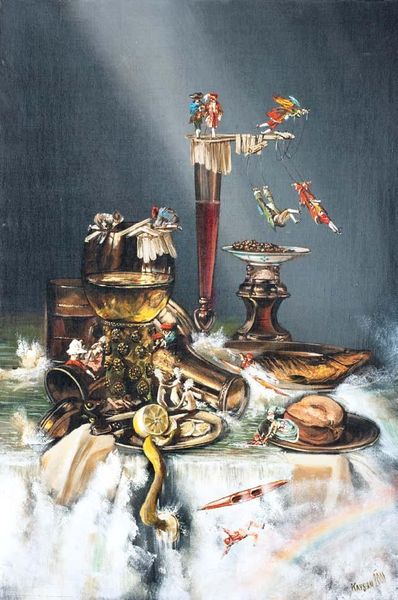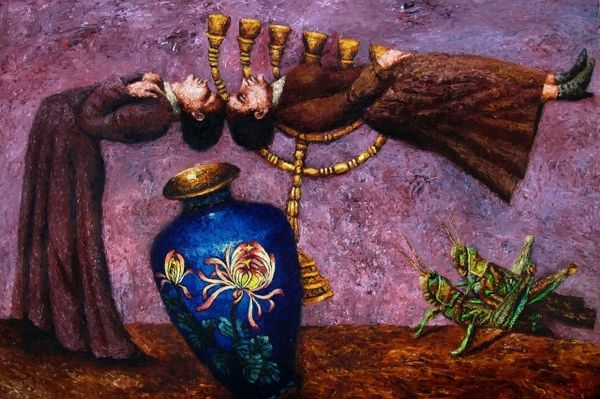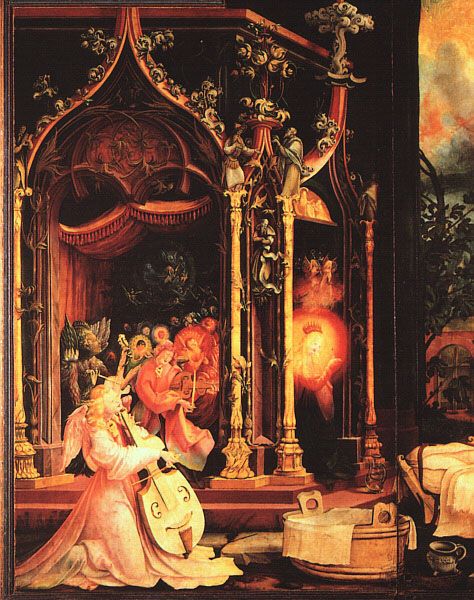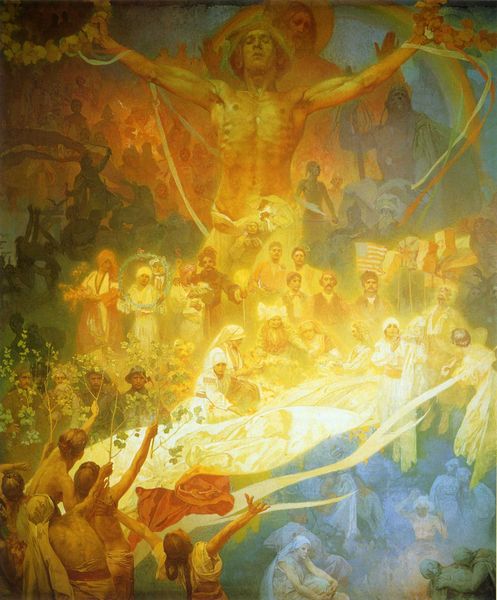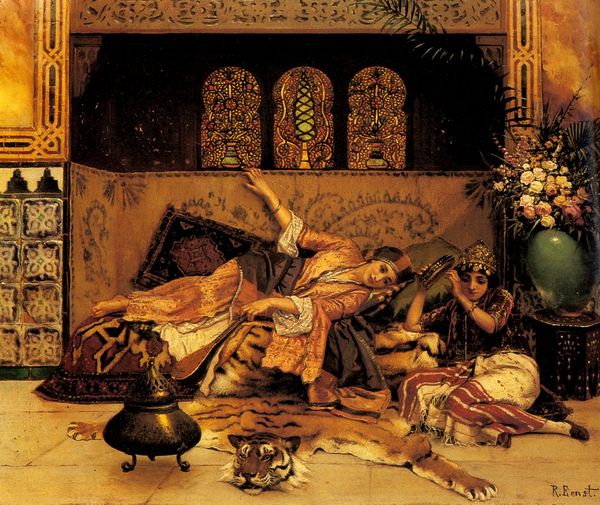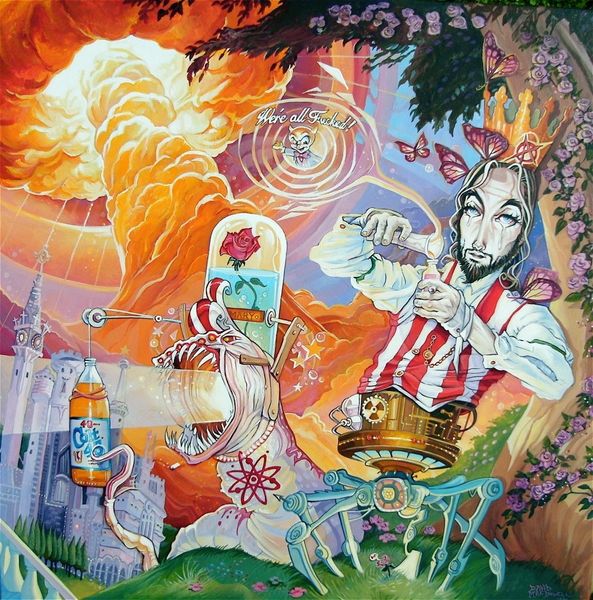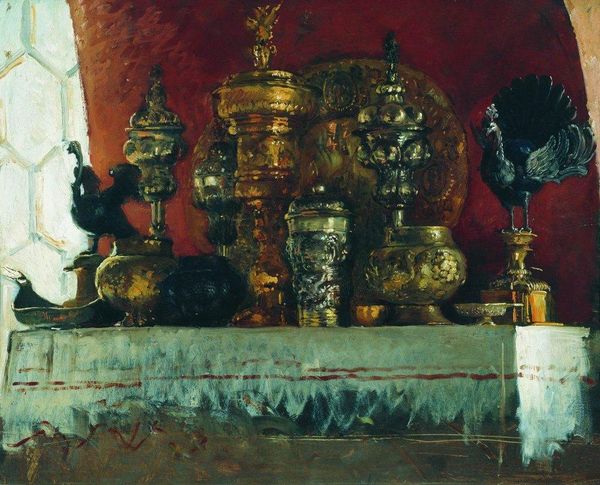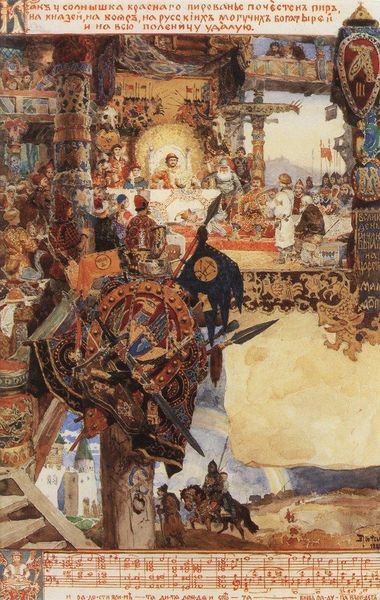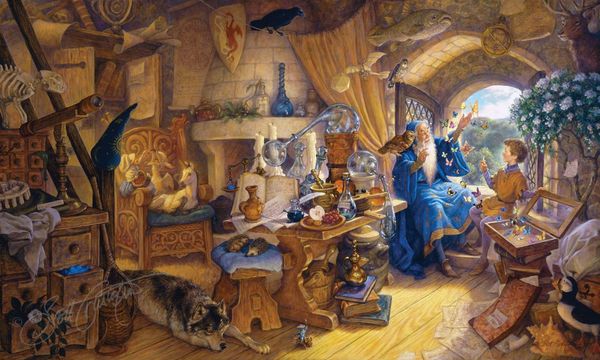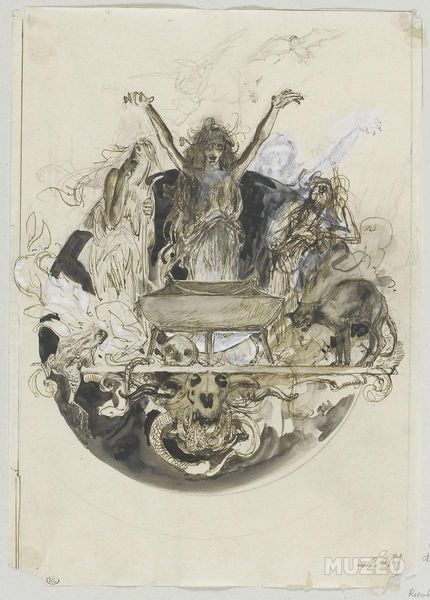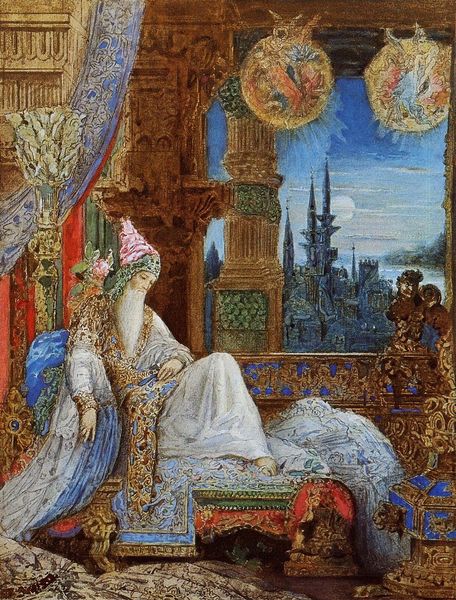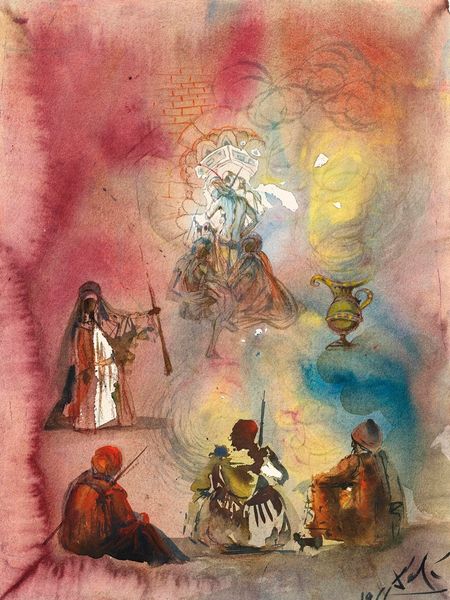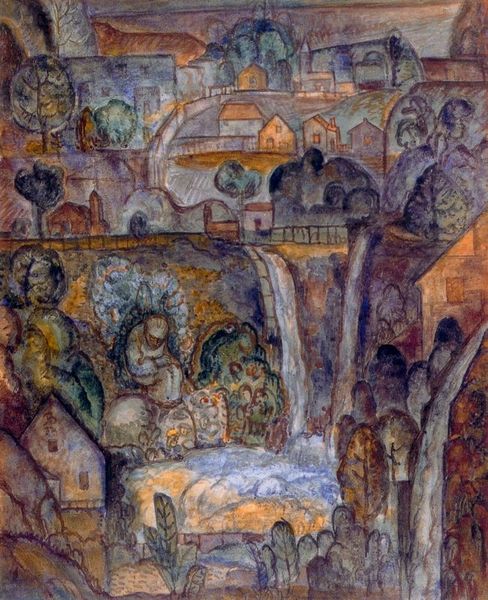
oil-paint
#
oil-paint
#
oil painting
#
orientalism
#
genre-painting
#
academic-art
#
realism
Copyright: Public domain
Curator: This is Konstantin Makovsky's "Still Life (Palace of Facets)", painted in 1890. It's an oil painting rendered in a style that blends realism and academic art, characteristic of Orientalism. Editor: It certainly evokes a specific opulence. All the golden artifacts crowded together suggest power and access to material wealth. Curator: Precisely. Think about the social context of the Russian court at that time. Makovsky was known for his grand historical paintings, but here, he focuses on the materials themselves: the gold, the lacquer, the presumably fine glass. Editor: What do you make of the fact it’s titled “Palace of Facets?” Does that imply we are seeing not just wealth, but a very specific kind of display intended to impress a viewing public, maybe even royalty itself? The items seem to have been curated for viewing purposes on that crowded tablecloth. Curator: That is definitely plausible. Considering Makovsky’s engagement with Realism as well, perhaps we’re also seeing a study in representation, examining how value is ascribed through artistry. It questions how the labor and skill to manufacture such luxurious items get translated and interpreted in social and historical narratives. Editor: So, how much does this depart from traditional still life paintings of the time, focusing usually on domestic and "humble" objects of everyday life? Here we only have extremely valuable artifacts that speak directly to power dynamics within a specific time and place. Curator: The selection itself becomes a form of historical documentation, intentionally conveying cultural aspirations through material accumulation. One must imagine the resources, production, and accessibility necessary to possess objects as intricate as a winged sculpture, presumably of solid gold. Editor: I can now better appreciate Makovsky’s deliberate choice to use oil paint and an approach that renders the objects’ textural qualities to engage in critical observation of materialistic consumption during this moment in history. It shows how items acquire social and cultural weight and influence society's perception of beauty. Curator: It’s about more than surface beauty; it is about the labor that generates wealth that informs power, both individual and national. It provides insights into that period and even our present social dynamics, reminding us that art can be, like any material good, culturally and socially meaningful.
Comments
No comments
Be the first to comment and join the conversation on the ultimate creative platform.
